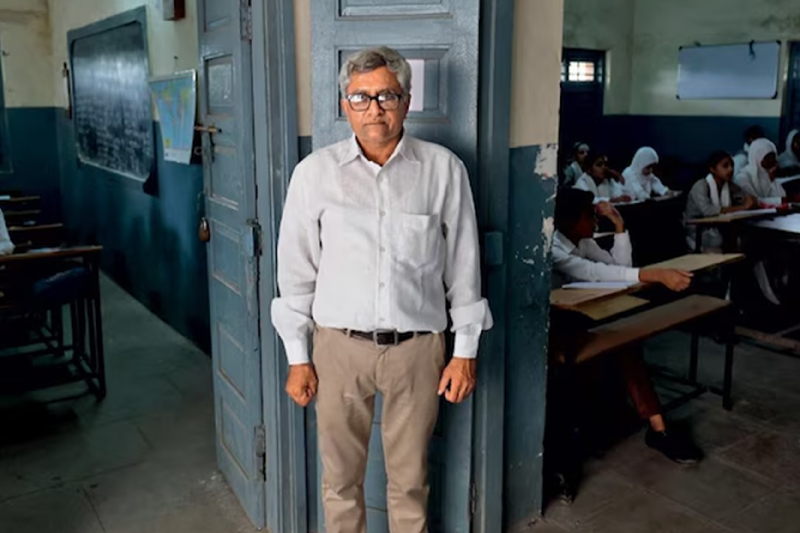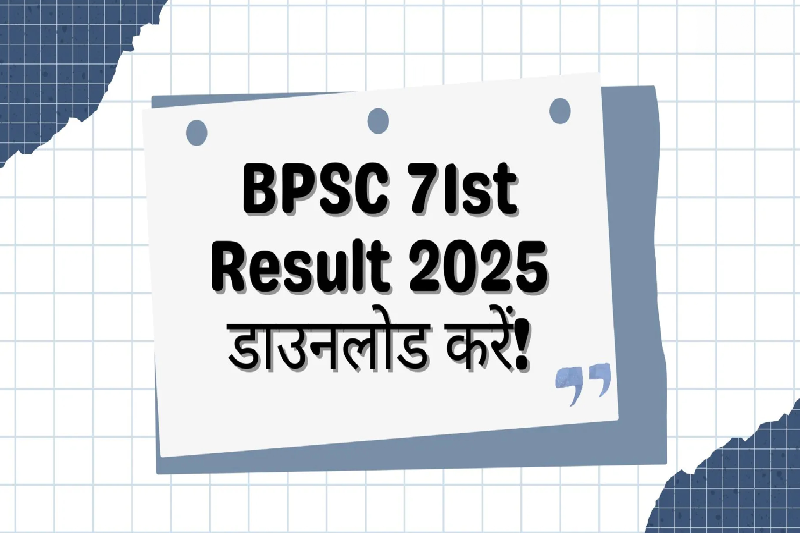
Gujarat Launches Fresh Recruitment Drive for Teaching Assistants in Govt and Aided Schools
In a significant step to address teacher shortages and ensure continuity in classroom instruction, the Gujarat education department has announced a fresh round of recruitment for gyan sahayaks (teaching assistants). This decision follows the official discontinuation of the Pravasi Shikshak Yojana (visiting teacher scheme), which had been in place to temporarily fill teaching vacancies.
The new recruitment drive, applicable to government and grant-in-aid primary, secondary, and higher secondary schools across the state, opens for online applications on August 19 and will close on August 26, 2025.
Why the Recruitment Drive Was Launched
The decision to bring in a new cohort of teaching assistants stems from the state government's plan to phase out the old pravasi scheme, which involved hiring visiting teachers on short-term contracts. While many of those hired under the previous scheme had received contract renewals, there remained numerous teaching vacancies in both rural and urban schools. These ongoing gaps in staff availability prompted the government to initiate a fresh round of hiring under a revamped structure.
Sources within the education department confirmed that this move aims to ensure there is no disruption to teaching and learning, especially as the academic calendar progresses.
What Is a Gyan Sahayak?
A gyan sahayak is a contractual teaching assistant who supports regular teaching staff in delivering the school curriculum. Unlike visiting teachers, these assistants are being positioned as a structured part of the school workforce under standardized terms.
According to the government notification issued on Monday, gyan sahayaks will be appointed on 11-month contracts, renewable based on performance and institutional needs. This short-term appointment is designed to bridge the staffing gap until permanent teachers are recruited through standard selection processes.
Eligibility and Age Criteria
To maintain fairness and transparency in the recruitment process, the education department has set specific eligibility requirements:
- Primary Schools: Applicants must not exceed 40 years of age as of the last application date (August 26, 2025).
- Secondary and Higher Secondary Schools: The upper age limit is 45 years.
The eligibility criteria also ensure that candidates selected are equipped to handle the demands of classroom instruction at various academic levels.
Monthly Honorarium: A Structured Pay Scale
In a marked improvement over the previous visiting teacher scheme, the new system offers fixed monthly honorariums based on the teaching level:
- Primary School Teaching Assistants: ₹21,000 per month
- Secondary School Teaching Assistants: ₹24,000 per month
- Higher Secondary School Teaching Assistants: ₹26,000 per month
These rates are designed to offer reasonable compensation and reflect the responsibilities assigned at each educational level. While still contract-based, the fixed structure is a step forward in providing predictable and dignified remuneration for temporary educators.
Selection Process: Merit-Based and Transparent
The recruitment process will follow a merit-based selection model. After the online applications close on August 26, the education department will review submissions and release a provisional merit list. Appointments will be made based on the final rankings in this list.
This shift toward a transparent, performance-oriented process marks a departure from earlier ad-hoc selections under the pravasi scheme. The new model aligns with the government's broader push for accountability and standardization in the public education system.
A Statewide Push to Fill Teaching Vacancies
Officials from the education department emphasized that this recruitment effort is not just a formality but a statewide campaign to address chronic teacher shortages. Thousands of schools—especially in semi-urban and rural districts—have been operating with insufficient staff, putting pressure on existing teachers and impacting student learning outcomes.
The timely deployment of gyan sahayaks will not only ensure smoother academic operations but will also reduce teacher workload and improve the overall learning environment for students.
This initiative is particularly crucial at a time when public schools across India are facing increased scrutiny over educational quality, dropout rates, and resource disparities. Gujarat’s proactive stance signals a commitment to strengthening its school education system from the ground up.
A Transition Period Until Permanent Appointments
It is important to note that these gyan sahayak appointments are temporary solutions, not a replacement for full-time, permanent teaching staff. However, they serve a vital role in maintaining classroom continuity while the government prepares for more comprehensive teacher recruitment through standard processes like the Teachers’ Eligibility Test (TET) and other regular hiring mechanisms.
Officials have assured that the contractual model is a stopgap arrangement and that long-term staffing will continue to be addressed through systematic hiring.
Conclusion: A Timely Response to an Urgent Need
With the beginning of the academic year already underway, the Gujarat government’s decision to recruit gyan sahayaks comes at a critical time. By filling vacant teaching positions across government and grant-in-aid schools, the initiative aims to prevent learning disruptions and ensure quality education for all students, particularly in underserved regions.
The structured pay, clearly defined eligibility criteria, and transparent selection process reflect a more organized and equitable approach to temporary recruitment. While this model may not solve all the challenges in the education sector, it provides much-needed relief and support to schools and students alike.
As the recruitment window opens, aspiring teaching assistants are encouraged to apply early and prepare all necessary documentation to be considered for this opportunity to contribute to Gujarat’s evolving educational landscape.



